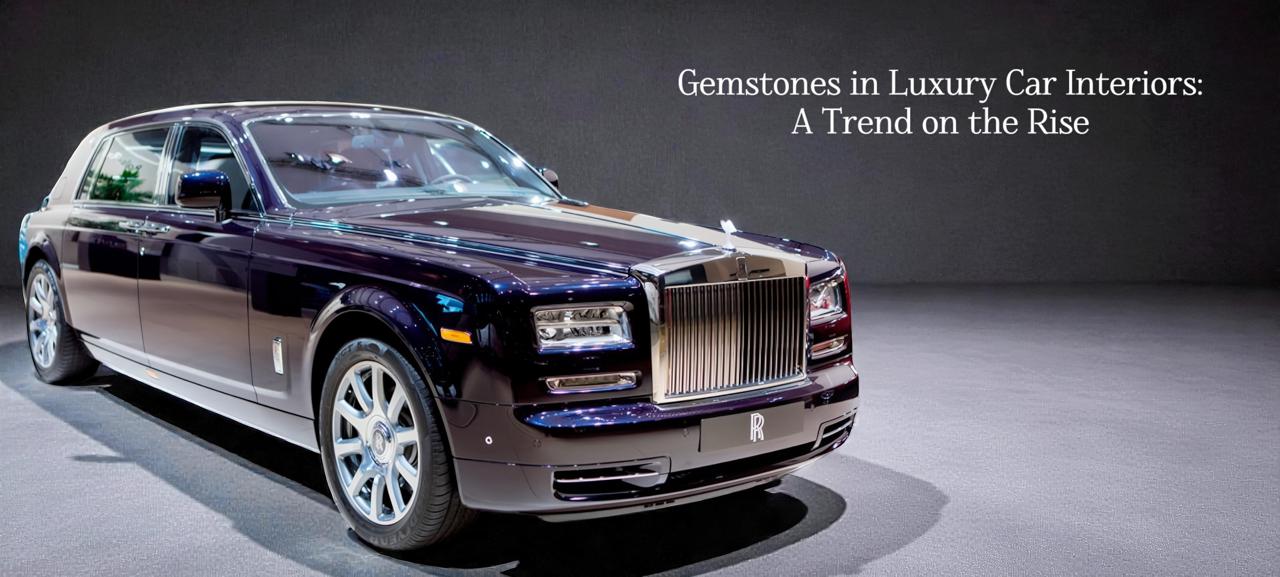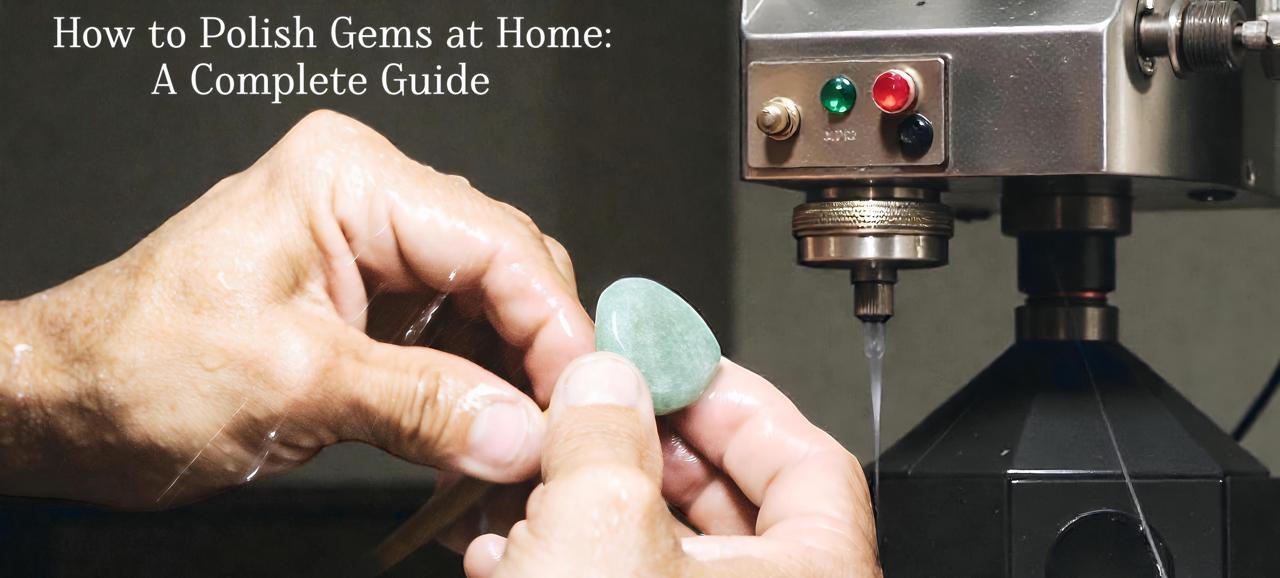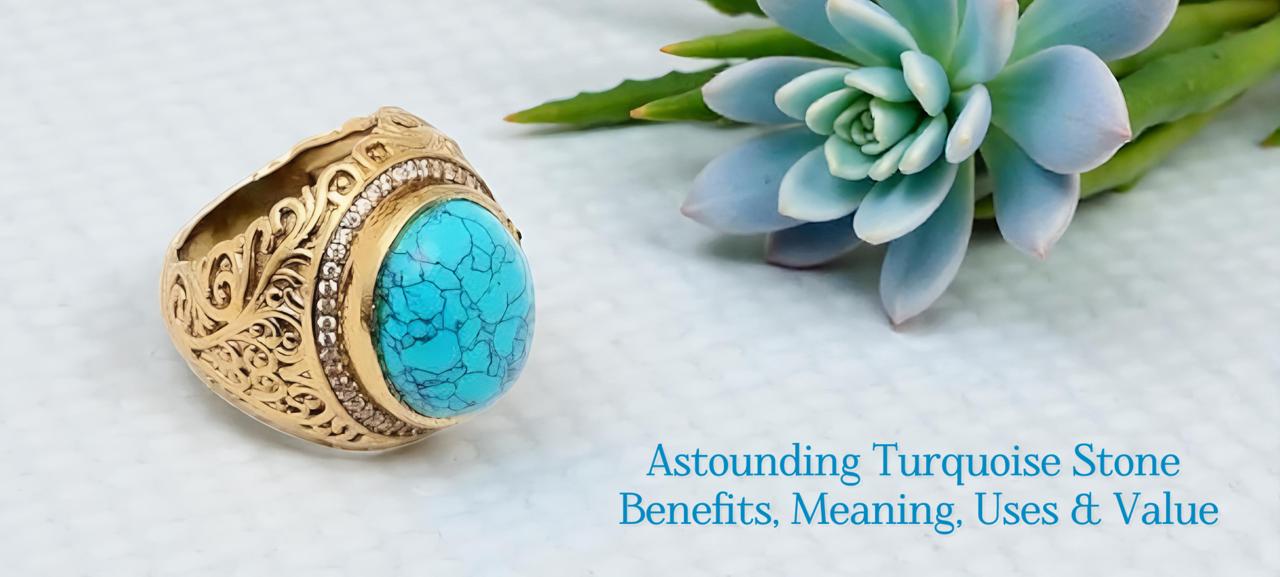 Categories
Categories 
Opal is one of the captivating gemstones well known for its unique play of colour. It is a semi-precious stone from silica mineral with the chemical formula Sio2H2O. The name “opallos” comes from the Greek word “to see a change” whereas in Sanskrit it is “upala” which means “precious stone”. Opal stone in Hindi is called Dudhiya Patthar and holds great significance in Indian astrology. It is referred to as the birthstone of October month in Western astrology. There are two widely used varieties, mainly Ethiopian and Australian opals. Both these gems play an essential role in the gemstone marketplace. But they are different in many ways. Let's check out the factors that differentiate them.
This October birthstone was used as a talisman in ancient times. Many cultures believe that this stone comes from heaven. Others consider them to be a gem that protects the wearer from diseases. In Vedic astrology, this semi-precious stone benefits an individual in life. Various origins have different benefits and popularity. With comparative analysis, one can determine which gem is beneficial to whom.
Australian opal , as the name suggests, have their origin in Australia. The formation of these gems began about 140 million years ago. Heavy weathering in the inland sea covered with silica-rich sands began to dissolve them. With time, the silicates got trapped in the rocks and formed these gems.
Ethiopian upala originates in Ethiopia. Unlike those found in Australia, these gems have a volcanic origin. They are formed in volcanic Basalt rocks. The silica-rich solutions filter out from the cracks and voids of these rocks.
Australian Dudhiya Patthar features several colours, such as black, boulder opal, dark, crystal and white varieties. The rare variety is the one with a black colour. White-hued ones have a white body colour, whereas boulder opal is brown. Various colours are arranged in distinct patterns on the stone. When the light passes through, it creates diffraction, displaying a spectrum of colours on the black base colour.
October's birthstone, sourced from Ethiopia, showcases fiery hues ranging from red to orange to yellow. The play of colours is evident from all angles. This is also one way to look for genuine Ethiopian Opal.
Australian Opals are transparent to semi transparent gems. Light penetrates the stone, enhancing the iridescence, which creates a captivating visual appearance. The tone in gemstones refers to the intensity of the hue. In the case of Upala Ratna, the tone varies from light to dark.
Ethiopian Dhudiya Ratna, on the contrary, is opaque to translucent. The tone of the gem varies from milky white to pale yellow. The visibility of the play of colours in these stones is captivating and unique, whereas those sourced from Australia feature a defined iridescence phenomenon.
Australian opals are hard, especially the black variety. They are durable and can withstand everyday wear and tear. However, protecting gemstone jewellery from chemicals, extreme heat, and temperature is required to maintain durability over a long time.
The Ethiopian variety of this gem, on the other hand, has a moderate level of hardness. It is more prone to scratches, and harsh chemicals and temperature may affect its durability.
This semi-precious stone undergoes treatment to enhance their stability and overall appearance. The standard enhancement processes are dyeing, smoke treatment, sugar acid treatment and dark backings.
This October birthstone is for the zodiac signs Scorpio and Libra. It symbolizes creativity, protects the wearer from negative energy, enhances imagination, and more. This birthstone, sourced from Australia, is associated with the root chakra. Also called the Muladhara chakra, activating it brings stability and increases consciousness and enthusiasm.
Ethiopian Upala stone is associated with the sacral chakra. Activating this energy point offers the wearer wisdom, creativity and emotional stability.
Dudhiya Patthar is for the planet Venus, which represents luxury, beauty, love, and a happy married life. Australian Doodhiya Stone benefits an individual with increased creativity, an enhanced immune system, and self-expression. Upala Ratna, sourced from Ethiopia, protects the wearer from negative energy, enhances intuition, and relieves stress and depression.
Gemstones sourced from Australia are highly prized compared to those from Ethiopia. The former are the most sought-after stones and command premium prices, especially those with larger sizes and vibrant colour patterns.
Gems from Ethiopia are affordable and are easily accessible. Though they are not costly, they are valued in astrology as well. Opal price starts from INR 500 and can extend upto INR 30,000 and more per carat. Depending upon the purpose and budget, one can choose the finest stone.
In conclusion, these stones obtained from Australia are expensive because of their rarity. They are highly durable and are a preferred gem for high-end jewellery. Gems sourced from the Ethiopian province are affordable for unique yet beneficial stones. Both these gems are famous for their fantastic play of colours and visual appeal. Choosing the best one depends upon your taste and preferences. Whichever you choose, both are lovely astrological stones.
Dudhiya Patthar is linked to the planet Shukra, which benefits an individual by removing its ill effects. This semi-precious stone should be worn in the middle of the ring finger of the fight hand to gain maximum benefits. The best day and time to wear the Doodhiya stone is Friday morning during Shukla Paksha. Before wearing Shukra Ratna from any of these sources, one must remember that it should go through the energization process first. Doing so helps to resonate the maximum energy around the wearer and offers excellent benefits.
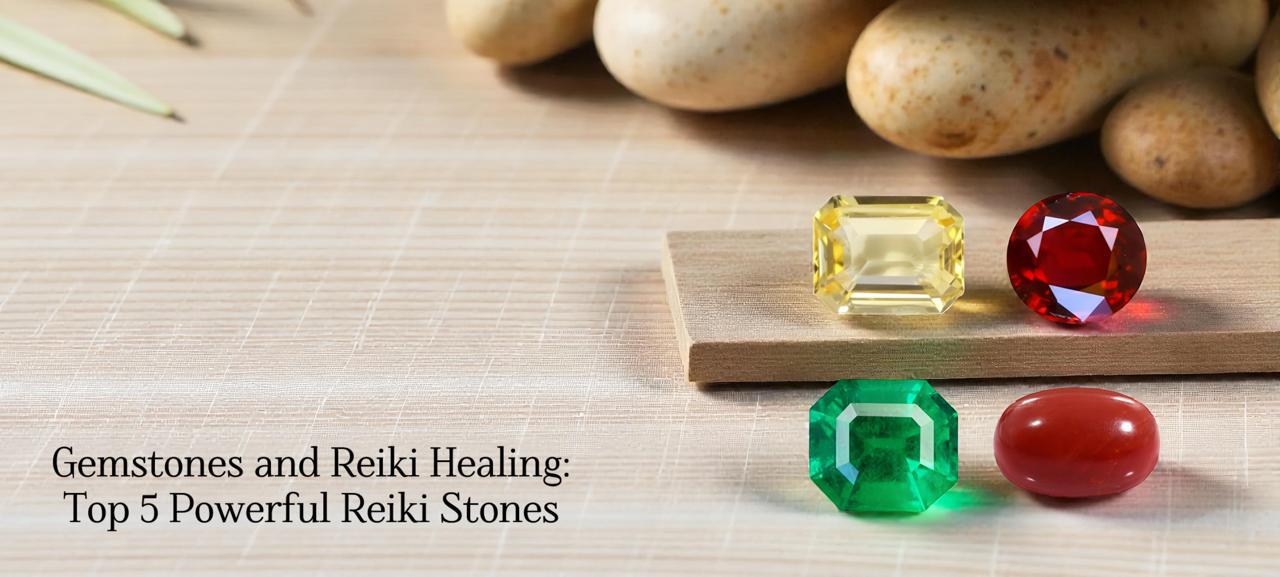
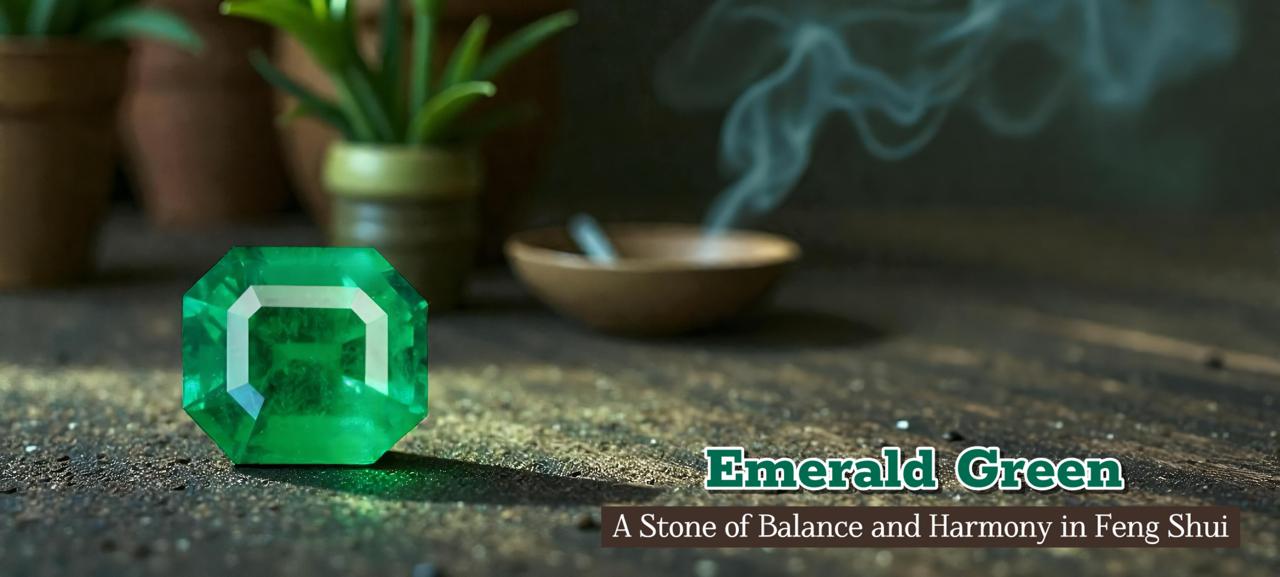
Emerald Green: A Powerful Feng Shui Stone for Balance and Harmony
December 15th, 2025